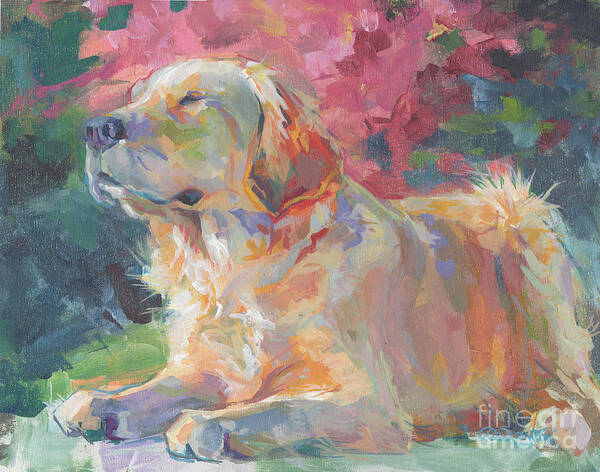
Those of a “certain age” will recall the colors, “harvest gold” and “avocado green” either with fondness, or a silent “nooooo!” shriek in their head. These color choices for kitchen appliances and decor during the 1970s in the United States were so popular as to be ubiquitous. For some individuals, the colors are nostalgic, and reminiscent of a simpler time. For others, the nearly ten-year run of the two colors was eight years too long. It got repetitive. Boring. Redundant. Old.
We noticed that the paint brand, Sherwin-Williams, has just revealed its “loneliest color” designation for the first time, a color the company says “just doesn’t get enough love” (read: no one is buying it). Sherwin-Williams sells millions of gallons of paint each year, but in the 14 years since one particular color’s launch, less than 11,000 gallons of paint in this color have been sold. That dubious distinction goes to the color, Kingdom Gold, which, if you ask us, is channeling the old Harvest Gold under a different name.

Thankfully, Avocado Green doesn’t seem to be making a come-back just yet, and if you’re wondering how we tie this topic into purebred dogs, read on!
As of this writing, the color green doesn’t appear in many AKC breed standards, and when it does, it is only in the Non-Sporting group where it refers to eye color six times, and each time as a disqualification.
Gold, however, is a different story. That color appears at least twenty-four times across eight different AKC groups (counting the miscellaneous group) – and it’s twenty-five times if you count the name of fabulous Golden Retriever. In that breed, various shades of gold are acceptable, but as we scanned the internet for mention of color in this breed, we noticed a curious thing Some colors are made out to be unique variations of the breed: “Red Golden Retriever,” “English Cream Golden Retriever,” and “White Golden Retriever.”
To be clear, the AKC offers three colors when registering a Golden Retriever puppy: Dark Golden, Light Golden, and Golden. The study guide offered by the Golden Retriever Club of America goes on to say that the range of gold goes from a pale gold to a deep, reddish gold as the dog’s predominant body color, and that in this breed, “golden” implies a intensity of hue that is not a flat cream (let alone “English” cream), nor a dull tan or brown, but a color that is unmistakably yellow or reddish yellow. Bottom line: In a show ring or for breeding purposes, Golden Retrievers that are mainly off white or cream, or dark setter-like red, aren’t truly “golden,” and thus should be judged accordingly.
All purebred Golden Retrievers display a golden or red hue instead of black because a double-recessive e/e gene inhibits the eumelanin, or black pigment in the dog’s coat. In the case of cream-colored Golden Retrievers, genetic studies have shown that the second copy of their gene contains multiple alleles, and one of them dilutes the pheomelanin, or yellow pigment in dog hair. Thus, a Golden Retriever puppy with this genetic makeup exhibits a pale cream color.
Mind you, color is but one consideration in a show ring and/or a whelping box, and we can’t stress enough the importance of soundness in structure, movement, and temperament, but for the person hoping to show their puppy, it’s important to know “out of the gate” that “Red Golden Retriever,” “English Cream Golden Retriever,” and “White Golden Retriever” are probably marketing ploys since neither the parent club nor the AKC standard refer to these monikers.
Image: “Sun Goddess” by Kimberly Santini
www.paintingadogaday.com
www.facebook.com/KimberlyKellySantini)
http://paintingadogaday.blogspot.com
https://fineartamerica.com/profiles/kimberly-santini
